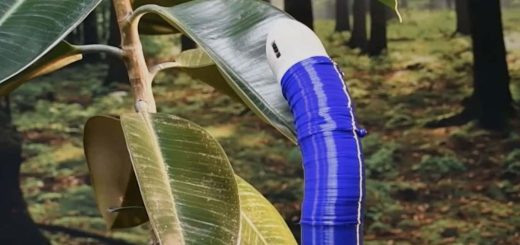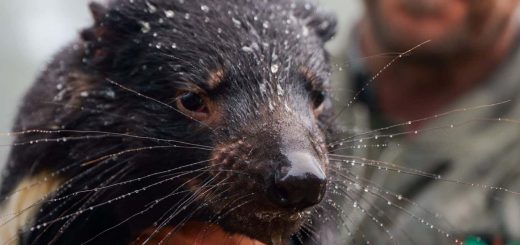Why sabre-toothed animals evolved again and again
Sabre teeth can be ideal for puncturing the flesh of prey, which may explain why they evolved in different groups of mammals at least five times
By Chris Simms
9 January 2025
The skull of a saber-toothed tiger
Steve Morton
Predators have evolved sabre teeth many times during the history of life – and we now have a better idea why these teeth develop as they do.
Sabre teeth have very specific characteristics: they are exceptionally long, sharp canines that tend to be slightly flattened and curved, rather than rounded. Such teeth have independently evolved in different groups of mammals at least five times, and fossils of sabre-tooth predators have been found in North and South America, Europe and Asia.
Read more
Largest ever animal may have been Triassic ichthyosaur super-predator
Advertisement
The teeth are first known to have appeared some 270 million years ago, in mammal-like reptiles called gorgonopsids. Another example is Thylacosmilus, which died out about 2.5 million years ago and was most closely related to marsupials. Sabre teeth were last seen in Smilodon, often called sabre-toothed tigers, which existed until about 10,000 years ago.
To investigate why these teeth kept re-evolving, Tahlia Pollock at the University of Bristol, UK, and her colleagues looked at the canines of 95 carnivorous mammal species, including 25 sabre-toothed ones.
First, the researchers measured the shapes of the teeth to categorise and model them. Then they 3D-printed smaller versions of each tooth in metal and tested their performance in puncture tests, in which the teeth were mechanically pushed into gelatine blocks designed to mimic the density of animal tissue.


